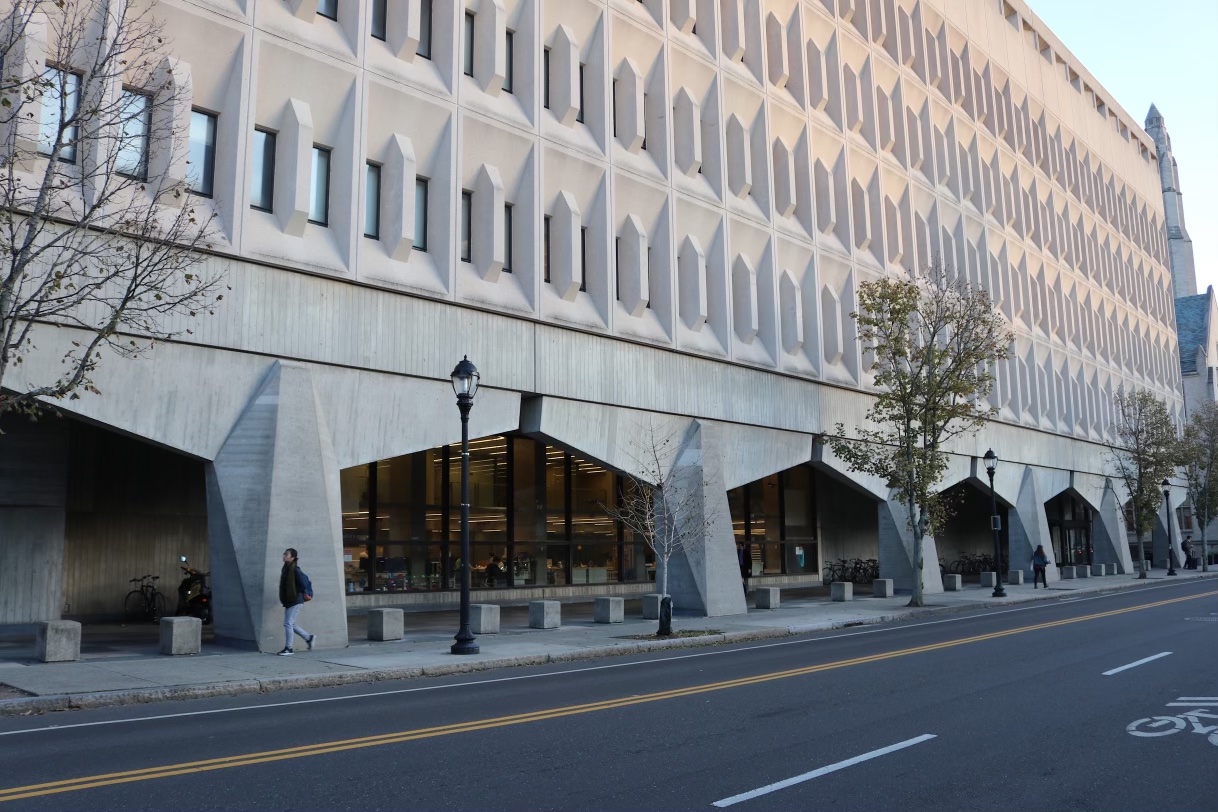Faculty hiring booms as Yale hones STEM
The Faculty of Arts & Sciences sought to hire more than 100 new professors as part of a push to boost faculty ranks and strengthen STEM departments.

Yale Daily News
After a decade of stagnation, Yale is rapidly expanding its faculty ranks.
In October, administrators for the Faculty of Arts and Sciences — the body of professors that teach courses in Yale College and the Graduate School of Arts and Sciences — announced intentions to hire 71 faculty members over the course of this year. They will join the 26 new scholars who joined the ladder faculty at the start of the 2021-2022 academic year. In February announced plans to hire 45 additional faculty with a focus on engineering faculty.
The hiring reflects Yale’s continual striving to increase its ranking relative to other elite institutions, such as Harvard and Princeton, which boast faculty sizes of about 740 and 800 respectively in their Faculty of Arts and Sciences. Yale’s FAS, meanwhile, has never exceeded 700 and faced criticism from faculty representatives in the FAS Senate.
The combined class of over 100 new faculty, who will arrive in fall 2022, will mark the University’s heftiest investment in professors for several decades. These bursts in hiring also come on the heels of 40 faculty members retiring at the end of the previous academic year — an amount more than triple that of a typical year.
“Recruiting and retaining a diverse community of world-class faculty is one of the university’s top priorities,” University president Peter Salovey and Provost Scott Strobel wrote in their February announcement. “Because the quality of our faculty is so critical, we are devoting substantial resources to support its excellence across many different disciplines.”
Faculty have also expressed worries, however, about gaps between faculty salaries offered at Yale and those offered at peer institutions. Over the past ten years, many Yale professors have earned less than academics with similar roles at schools like the Massachusetts Institute of Technology and Dartmouth College. Data from a University report showed that salaries in 2017 were 12 percent below those of the average of five peer institutions — Stanford, Columbia, Princeton, Harvard and the University of Chicago.
It may be some time before the gap is closed, FAS Dean Tamar Gendler said in November.
“We are beginning to catch up,” Gendler told the News. “We will close the gap in the amount of time that it took to open the gap and no longer. But we can’t necessarily adjust in a single year what took many years.”
This disparity in wages also relates to hiring initiatives, as some professors described lower salaries as a deterrent for an academic to accept a job offer from Yale.
“While higher salaries would impact both current faculty and future recruiting, there’s probably a bigger impact on the missed opportunities as to the people who are here,” chemical engineering professor Paul Van Tassel said. “If we think of ourselves with Stanford and Princeton and Harvard, we should be paid roughly the same as them.”
A critical element of faculty hires this year and in the future, administrators say, is promoting diversity. To this end, the large number of retirees the University saw last year offered a chance to elevate faculty diversity.
“When the older group was picked, diversity just was at a much lower level among people that got PhDs,” retiring chemistry professor Robert Crabtree said to the News in 2021. “The big uptick in number retiring gives departments the chance to hire a new person.”
This year’s hires are also the most diverse class in University history.
In February, the University announced a major wave of investments into the Faculty of Arts and Sciences, as well as into the soon-to-be-independent School of Engineering and Applied Science. As the endowment grows beyond $40 billion and the fundraising campaign progresses, the school is set to hire 45 new faculty members — 30 in SEAS and 15 in FAS — as well to engage in wide-scale construction projects over the next decade.
According to the February investment announcement, diversity will continue to be a priority as the University looks to hire even more faculty members — particularly in STEM fields.
These investments come within the broader context of the University’s efforts to improve its rankings in STEM disciplines. But to successfully recruit leading scholars in their respective fields, technical faculty across SEAS and FAS alike noted the need for state-of-the-art facilities. In the Computer Science Department, for example, professors noted that there is not enough physical space to accommodate a larger faculty team.
Facility quality, too, impacts potential to expand faculty size — and this is not a new problem, professors said.
“Almost all the candidates I talk to afterwards, they mention that the building is one of the disappointments,” computer science professor Lin Zhong told the News. “It’s so dark and gloomy.”
Computer science professor Brian Scassellati similarly told the News that it can be difficult to recruit and hire world-class faculty, which is necessary to improve the quality of education in a given field, without adequate infrastructure — as a candidate who needs lab space may not accept an offer from Yale without those facilities already in place.
As SEAS looks toward its independence this July, part of the school’s work involves an overhaul of the physical facilities on Hillhouse Avenue and Science Hill.
Many departments have now identified the incoming faculty who will fill the newly created tenure positions, including five new faculty in Women’s, Gender, and Sexuality Studies and three in Ethnicity, Race, and Migration.
SEAS will move to an independent entity from FAS on July 1, 2022, which also marks the start of the University’s next fiscal year.



